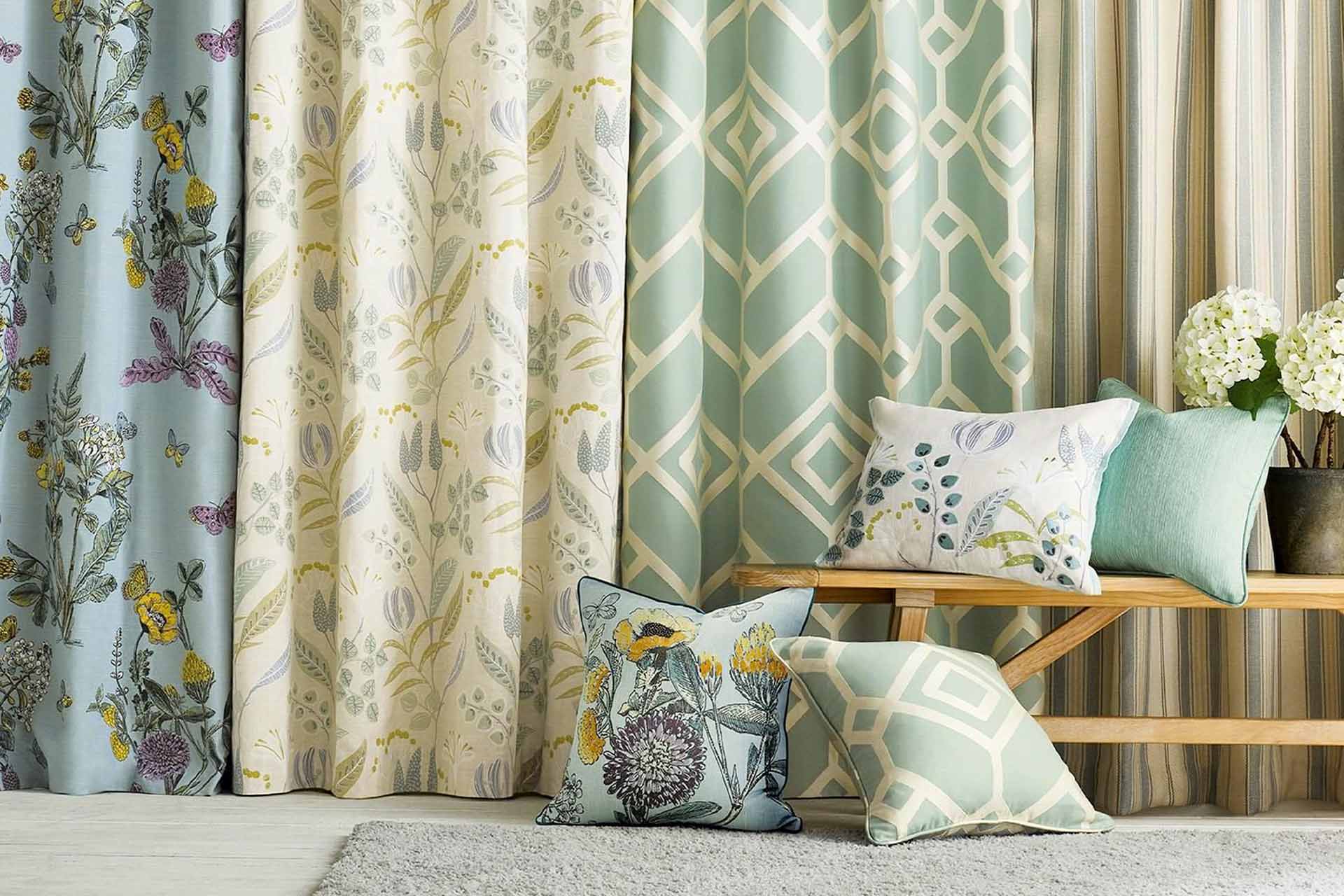

Articles
Why Are Curtains So Expensive
Modified: December 7, 2023
Discover the reasons why articles curtains are often priced higher than expected. Explore the factors contributing to their expense and find cost-saving solutions.
(Many of the links in this article redirect to a specific reviewed product. Your purchase of these products through affiliate links helps to generate commission for Storables.com, at no extra cost. Learn more)
Introduction
When it comes to decorating our homes, curtains play a significant role in transforming the look and feel of a space. However, you might have noticed that curtains can often come with quite a hefty price tag. But have you ever wondered why curtains are so expensive?
There are several factors that contribute to the higher cost of curtains compared to other home decor items. In this article, we will explore the various reasons behind the high price of curtains and shed some light on the value they bring to our homes.
So, let’s dive in and uncover the mysteries of why curtains are considered a valuable investment.
Key Takeaways:
- Curtains are expensive due to high-quality materials, skilled labor, and intricate designs. They offer durability, energy efficiency, and advanced technology, making them a valuable long-term investment for your home decor.
- Brand reputation, durability, and energy efficiency justify the higher cost of curtains. Special features and customization options add value, allowing you to create a personalized and visually appealing living space.
Read more: Why Are Pillows So Expensive
Quality of Materials
One of the primary factors that contribute to the higher price of curtains is the quality of materials used in their production. High-quality curtains are typically made from premium fabrics such as silk, linen, velvet, or high-grade synthetic materials.
These materials offer superior durability, softness, and a luxurious feel. The use of such high-quality fabrics not only enhances the overall look and aesthetic appeal of the curtains but also ensures that they can withstand daily wear and tear, making them a long-lasting investment.
Additionally, premium materials often undergo specialized treatments to enhance their functionality. For example, blackout curtains are treated with an opaque backing to block out light, providing privacy and better sleep. Thermal curtains are designed with insulating properties to regulate room temperature and reduce energy consumption.
By investing in curtains made with quality materials, you can expect a higher level of craftsmanship and attention to detail. The use of superior fabrics not only contributes to the longevity of the curtains but also adds a touch of elegance and sophistication to your home decor.
Moreover, high-quality materials are often sourced sustainably and ethically. Manufacturers prioritize environmentally-friendly practices, ensuring that the production processes do not harm the planet or exploit workers. While this commitment to sustainability may increase the cost of curtains, it aligns with the growing demand for eco-friendly and socially responsible products.
Overall, the use of premium materials in curtain production ensures that you are investing in a product that offers both aesthetic appeal and longevity. While it may contribute to the higher cost, the quality of materials is an essential aspect to consider when purchasing curtains.
Labor and Production Costs
Behind every curtain is a team of skilled craftsmen and artisans who bring the design to life. The labor and production costs associated with creating high-quality curtains are another significant factor contributing to their expense.
Creating curtains involves various stages, from cutting and sewing the fabric to adding intricate details such as pleats, patterns, and embellishments. Skilled workers with expertise in sewing and textile fabrication are required to ensure precision and quality throughout the manufacturing process.
Moreover, producing high-quality curtains often involves a considerable amount of manual labor. Each curtain is meticulously crafted by hand, ensuring that every seam is perfectly stitched and every detail is carefully executed. This level of attention to detail requires skilled labor, which adds to the overall cost.
In addition to labor costs, production costs also factor into the final price of curtains. These costs include expenses such as machinery, equipment, tools, and overhead expenses associated with running a manufacturing facility. Manufacturers must recover these costs to maintain their operations and sustain the quality standards expected from their products.
Furthermore, some curtains may require specialized techniques or processes such as embroidery, beading, or hand-painting. These intricate details not only add a unique touch to the curtains but also demand additional time, expertise, and resources during production. As a result, the price of such curtains is often higher to account for the specialized craftsmanship involved.
The labor and production costs associated with creating high-quality curtains may contribute to their higher price, but they are a testament to the skill and expertise required to produce a premium product. The attention to detail and the craftsmanship invested in each curtain ensures that you are investing in a piece of art that will enhance the beauty of your home for years to come.
Design and Customization
When it comes to curtains, design plays a crucial role in their overall appeal. The design elements and customization options available significantly impact the price of curtains.
High-quality curtains often feature intricate designs, patterns, and embellishments that are meticulously crafted to enhance the aesthetics of a space. These design elements can range from delicate embroidery and lacework to bold prints and textures. The level of detail and the complexity of the design contribute to the higher cost of curtains.
Furthermore, customization options offer the opportunity to tailor curtains to your specific needs and preferences. Custom-made curtains allow you to choose the fabric, size, color, and style that perfectly complement your home decor. This individualized attention to detail comes at an additional cost, as it requires extra time and effort from the manufacturers to create curtains that meet your exact specifications.
In addition to design and customization, curtains may also come with additional features such as motorization, remote control operation, or smart home integration. These advanced technologies and special features enhance convenience and functionality, but they also increase the price of the curtains.
It is worth noting that the design and customization options available in curtains allow you to create a unique and personalized look for your home. The ability to tailor curtains to your specific style and preferences ensures that you are investing in a product that adds character and enhances the overall aesthetic appeal of your living space.
While the design and customization options contribute to the higher cost of curtains, they offer endless possibilities for creating a truly personalized and visually appealing home environment.
Brand Reputation
Brand reputation plays a significant role in the pricing of curtains. Well-established and reputable brands often come with a higher price tag compared to lesser-known or generic brands. This is due to several factors associated with brand reputation.
Firstly, reputable brands have invested time, effort, and resources into establishing themselves as leaders in the industry. They have built a strong reputation for producing high-quality and reliable products that consumers trust. The brand name carries a certain level of prestige and assurance of craftsmanship and quality.
Secondly, reputable brands often have a dedicated design team that puts careful thought into creating unique and innovative curtain collections. They stay up-to-date with the latest trends and designs, ensuring that their products are on the cutting edge of style and fashion.
Furthermore, these brands have established relationships with reliable suppliers and fabric mills, enabling them to source high-quality materials for their curtains. They have stringent quality control processes in place to ensure that every curtain meets the highest standards before reaching the market.
Reputable brands also invest in research and development to improve their product offerings. They strive to introduce new technologies, materials, and features that enhance the functionality and durability of their curtains. These advancements in design and technology contribute to the higher price of curtains from reputable brands.
Lastly, brand reputation brings with it a sense of exclusivity. The perceived value associated with curtains from well-known brands adds to their appeal and justifies the higher price. Consumers are willing to pay more for curtains that are associated with quality, reliability, and the assurance that they are purchasing from a reputable brand.
While curtains from reputable brands may come with a higher price, they offer the promise of superior craftsmanship, design, and durability. The brand reputation adds a layer of trust and confidence, making them a popular choice among discerning consumers.
Read more: Why Are Mirrors So Expensive
Durability and Longevity
One of the key factors contributing to the higher cost of curtains is their durability and longevity. High-quality curtains are designed to withstand the test of time, ensuring that your investment lasts for years.
When you invest in curtains made from premium materials and crafted with superior workmanship, you are investing in a product that is built to last. These curtains are designed to withstand regular use, frequent opening and closing, and exposure to sunlight and dust.
The durability of high-quality curtains is a result of the quality of the fabric, the stitching, and the reinforcement techniques used during manufacturing. Strong and durable fabric ensures that the curtains do not easily tear or wear out. Reinforced seams and hems ensure that the curtains maintain their integrity even after prolonged use.
Moreover, high-quality curtains are often treated with specialized coatings and finishes to enhance their resistance to moisture, mildew, and fading. These treatments ensure that the curtains stay vibrant and fresh-looking for an extended period, even with exposure to sunlight.
The longevity of high-quality curtains not only saves you money in the long run but also reduces waste. Investing in durable curtains means that you won’t have to replace them frequently, reducing the environmental impact associated with the production and disposal of curtains.
Additionally, the durability of curtains is closely linked to their maintenance requirements. High-quality curtains often come with specific care instructions to maintain their durability and appearance. Following these instructions, such as regular cleaning and proper handling, can extend the lifespan of the curtains and preserve their quality over time.
While durable and long-lasting curtains may have a higher upfront cost, they provide value for money in the long run. The investment in quality ensures that you have curtains that not only look beautiful but also stand up to the daily wear and tear of life, making them a worthwhile investment for your home.
Consider the fabric, size, and quality of the curtains when comparing prices. Cheaper options may not provide the same level of insulation, light blocking, or durability.
Energy Efficiency
Energy efficiency is becoming an increasingly important consideration for homeowners. Curtains can play a significant role in improving the energy efficiency of your home, which can have a positive impact on both the environment and your energy bills.
High-quality curtains are often designed with energy-saving features in mind. Thermal curtains, for example, are specially engineered with insulating properties that help regulate the temperature in a room. These curtains act as a barrier against heat transfer, keeping the room cool in the summer and trapping warmth inside during the winter months.
The insulation provided by thermal curtains helps reduce the reliance on heating and cooling systems, thus resulting in energy savings. By minimizing heat loss or gain through windows, these curtains help maintain a comfortable indoor temperature, reducing the need for excessive heating or cooling, and ultimately lowering energy consumption.
In addition to thermal curtains, blackout curtains are another energy-efficient option. These curtains are designed with an opaque backing that effectively blocks out light, providing privacy and reducing the amount of sunlight entering the room. By blocking out the sun’s rays, blackout curtains help keep the room cooler in hot summer months, reducing the need for air conditioning.
Furthermore, by reducing the amount of direct sunlight that enters a room, curtains help protect furniture, flooring, and other interior elements from the damaging effects of UV rays. This not only prolongs the lifespan of your furnishings but also reduces the need for replacements or repairs, saving both money and resources.
While energy-efficient curtains may come at a higher cost, they offer long-term benefits in terms of energy savings and environmental impact. The reduced energy consumption lowers your carbon footprint and contributes to a more sustainable lifestyle.
By investing in high-quality curtains with energy-efficient properties, you not only create a more comfortable living environment but also contribute to a greener and more energy-conscious world.
Special Features and Technology
Curtains have come a long way from being simple window coverings. Today, they can offer a range of special features and incorporate advanced technologies that enhance their functionality and convenience. These additional features and technological advancements contribute to the higher cost of curtains.
One popular special feature found in curtains is motorization. Motorized curtains allow you to open and close them with the touch of a button or through remote control. This feature offers convenience, especially for larger or hard-to-reach windows, and adds an element of luxury to your home.
Furthermore, motorized curtains can be integrated into smart home systems, allowing you to control them through voice commands or smartphone apps. This seamless integration enables you to automate the operation of curtains, adjusting their settings based on the time of day or your preferences, even when you’re away from home.
Another technology that has revolutionized curtains is the introduction of smart fabrics. These fabrics are designed to respond to changes in environmental conditions. For example, some smart fabrics can darken in response to sunlight or become transparent when an electric current is applied. These innovative materials offer versatility in controlling the amount of light and privacy in a room.
Additionally, curtains with built-in sensors can automatically adjust the opening and closing based on factors such as sunlight intensity or room occupancy. This technology not only enhances convenience but also contributes to energy efficiency by optimizing the use of natural light and reducing the reliance on artificial lighting and heating/cooling systems.
Besides motorization and smart fabrics, there are other special features available in curtains, such as soundproofing properties, odor control treatments, or even curtains with built-in speakers or LED lighting.
While curtains with special features and technology may have a higher price point, they offer enhanced functionality, convenience, and a modern touch to your home. These advanced features can elevate your living space and provide a unique and tailored experience.
By investing in curtains with special features and technology, you embrace the possibilities of a more connected and automated home, adding value and comfort to your everyday life.
Installation and Hardware
When considering the cost of curtains, it’s important to take into account not only the curtains themselves but also the installation and accompanying hardware required to hang them properly.
The installation process can vary depending on the type of curtains and the complexity of the desired setup. Curtains may require professional installation, especially in cases where specialized hardware or ceiling tracks are necessary. Hiring a professional installer adds to the overall cost but ensures that the curtains are properly hung and function as intended.
In addition to installation, the cost of hardware such as curtain rods, brackets, rings, and finials needs to be considered. These components are essential for securely hanging and operating the curtains. The price of curtain hardware can vary depending on the material, design, and brand. Opting for high-quality hardware not only ensures durability but also adds a decorative element to the overall aesthetic of the curtains.
Furthermore, depending on the style of curtains chosen, additional accessories such as tiebacks, tassels, or holdbacks may be required. These decorative elements serve both a functional and aesthetic purpose, enhancing the look and functionality of the curtains but adding to the overall cost.
It’s important to mention that the installation and hardware costs associated with curtains are one-time investments. Once properly installed, the curtains and hardware can last for years, making it a worthwhile expense.
If you have the necessary skills and tools, there is also the option to install the curtains yourself, which can help reduce costs. However, it’s crucial to ensure that proper measurements are taken and that the installation is done correctly to avoid any potential issues or damage to the curtains or your walls.
Considering the cost of installation and the hardware required is essential when budgeting for curtains. While these costs may add to the overall price, they are necessary to ensure proper hanging and functioning of the curtains, adding value and longevity to your investment.
Read more: Why Is Plumbing So Expensive
Supply and Demand
Supply and demand dynamics are key factors that influence the pricing of curtains. The relationship between the availability of curtains and the level of consumer demand significantly impacts their cost in the market.
In instances where the demand for curtains outweighs the supply, prices tend to be higher. This can happen when there is a limited quantity of a particular style, fabric, or design available. Manufacturers may employ techniques such as limited edition releases or exclusive collaborations to create a sense of scarcity and drive up demand. As a result, the price of these coveted curtains tends to be higher due to their limited availability.
On the other hand, when the supply of curtains is plentiful while demand is low, prices may decrease. During times when there is a surplus of curtains in the market, manufacturers and retailers may offer discounts and sales to stimulate consumer interest and clear inventory.
Seasonal factors can also influence the supply and demand dynamics of curtains. For example, during certain times of the year such as the holiday season or when there is an increased demand for home improvement, the demand for curtains may rise. This uptick in demand can lead to higher prices as manufacturers and retailers capitalize on the increased market interest.
Additionally, fluctuations in the cost of raw materials, transportation, and labor can impact the supply of curtains, causing prices to fluctuate. If the cost of producing curtains increases, manufacturers may pass on these expenses to consumers through higher prices.
It’s also worth noting that the location and distribution channels can impact the price of curtains. Local manufacturing may result in higher prices due to factors such as higher labor costs or sourcing materials from specific regions. Importing curtains from overseas may introduce additional costs such as shipping, customs duties, and tariffs, all of which can contribute to higher prices.
Overall, the supply and demand dynamics of the curtain market directly influence their pricing. Factors such as scarcity, consumer demand, seasonal fluctuations, and costs of production all contribute to the fluctuating prices of curtains.
Conclusion
As we have explored, several factors contribute to the higher price of curtains. Understanding these factors can help us appreciate the value they bring to our homes and make informed purchasing decisions.
First and foremost, the quality of materials used in the production of curtains plays a significant role in their price. Premium fabrics and specialized treatments ensure durability, functionality, and a luxurious feel, making them a worthwhile investment.
Labour and production costs also contribute to the higher price of curtains. Skilled artisans and craftsmen meticulously craft each curtain with attention to detail, ensuring superior craftsmanship and quality that can withstand daily wear and tear.
The design and customization options available in curtains add to their cost. Intricate designs, patterns, and customization possibilities allow you to create a unique and personalized look for your home, adding value and character to your living spaces.
Brand reputation, backed by a history of quality and innovation, contributes to the higher price of curtains. Reputable brands invest in research and development, use premium materials, and offer assurance of craftsmanship and reliability.
The durability and longevity of curtains justify their higher cost. High-quality curtains are built to last, providing value for money in the long run and reducing waste generated from frequent replacements.
Curtains with energy-efficient properties help regulate room temperature, reduce energy consumption, and protect against harmful UV rays. While these curtains may have a higher upfront cost, they offer long-term energy savings and contribute to a greener lifestyle.
Special features and technology incorporated into curtains enhance functionality and convenience. From motorization to smart fabrics, these innovative additions elevate the overall curtain experience and justify the higher price.
Installation and hardware costs should also be considered when budgeting for curtains. Professional installation and high-quality hardware ensure secure and proper hanging of curtains, adding value and ensuring optimal performance.
Lastly, the supply and demand dynamics and the costs associated with production and distribution influence the overall price of curtains. Scarcity, seasonal fluctuations, and cost fluctuations in raw materials and labor can impact pricing.
In conclusion, while curtains may come with a higher price tag, they offer a range of benefits that contribute to the overall value they bring to your home. From enhancing aesthetics and providing functionality to improving energy efficiency and durability, curtains play a crucial role in transforming living spaces. By understanding the factors influencing their cost, you can make an informed decision and invest in curtains that will elevate your home decor for years to come.
Frequently Asked Questions about Why Are Curtains So Expensive
Was this page helpful?
At Storables.com, we guarantee accurate and reliable information. Our content, validated by Expert Board Contributors, is crafted following stringent Editorial Policies. We're committed to providing you with well-researched, expert-backed insights for all your informational needs.
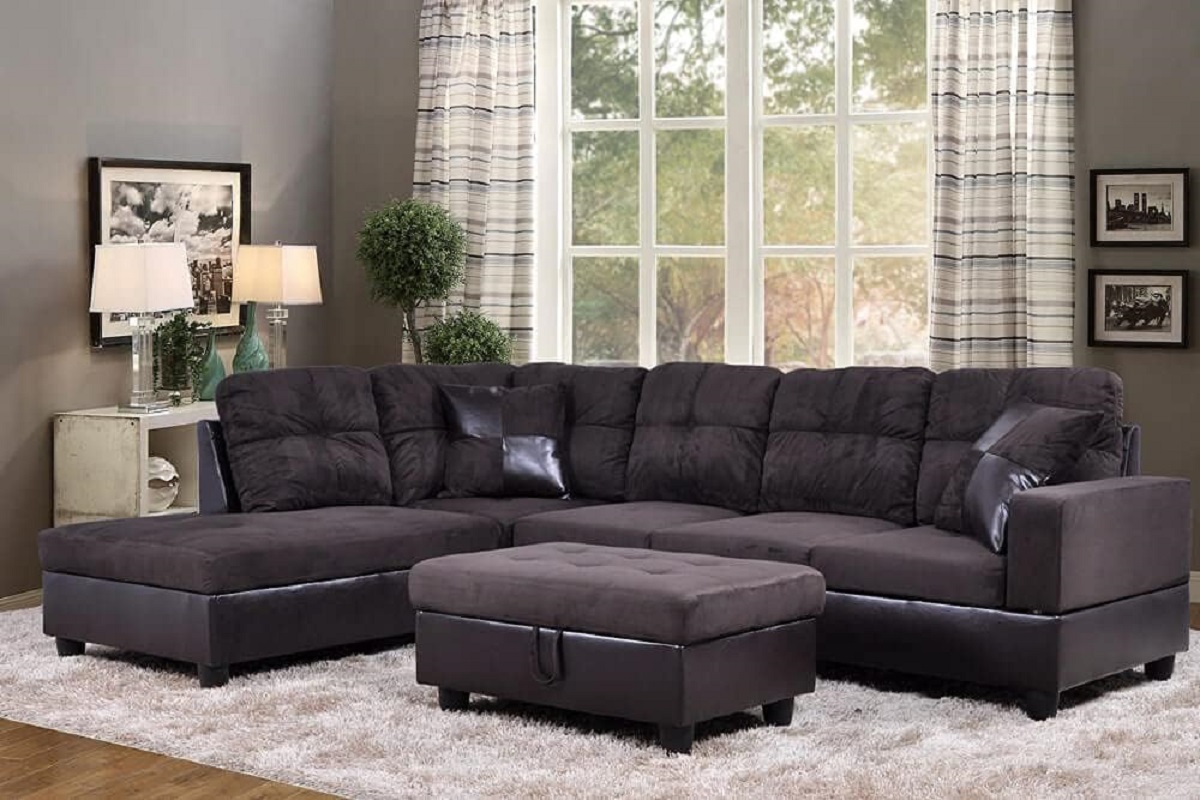
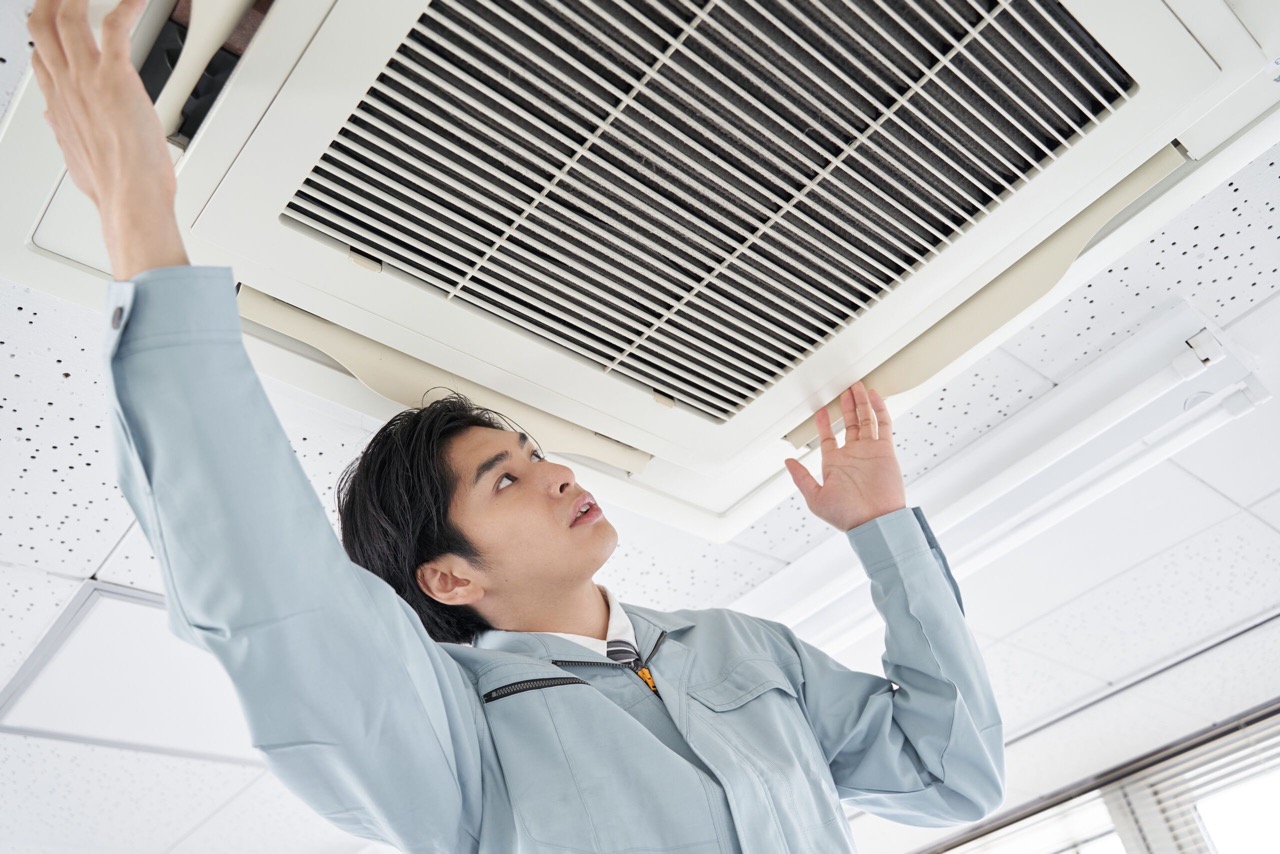
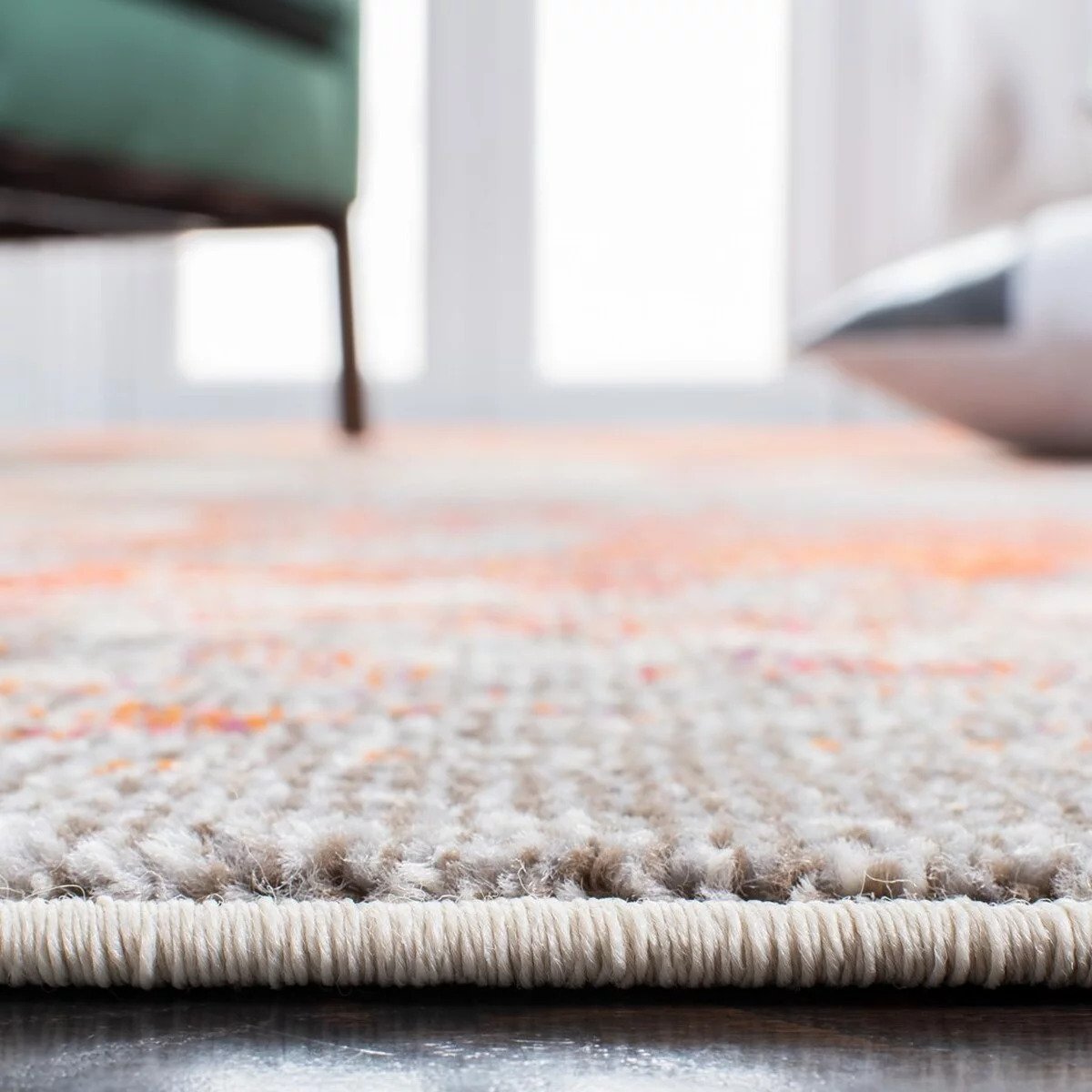
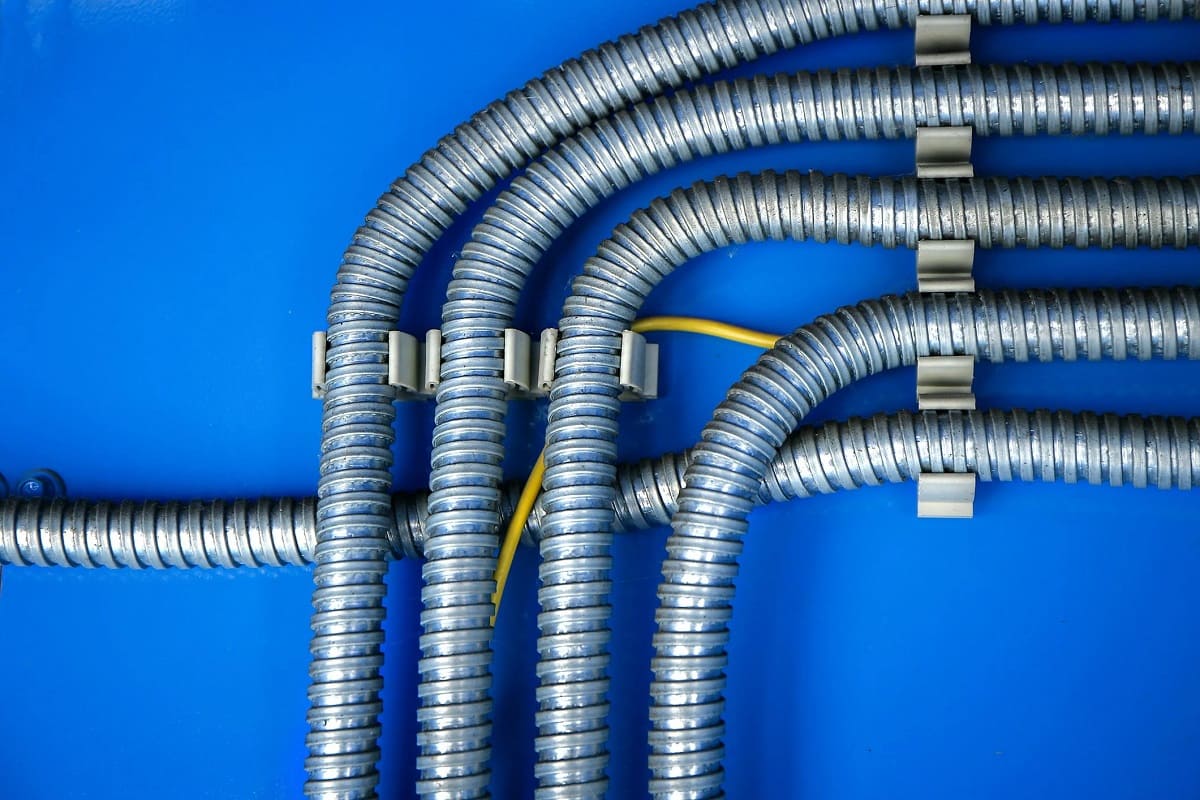
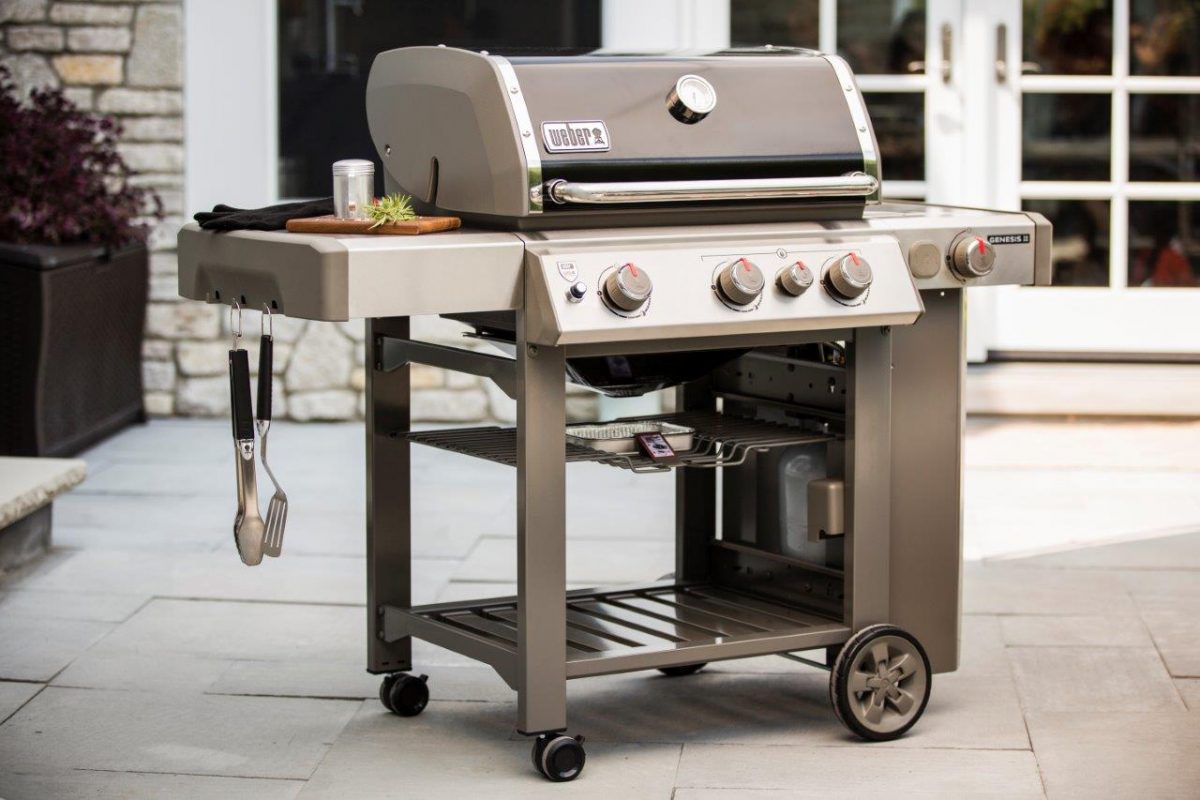
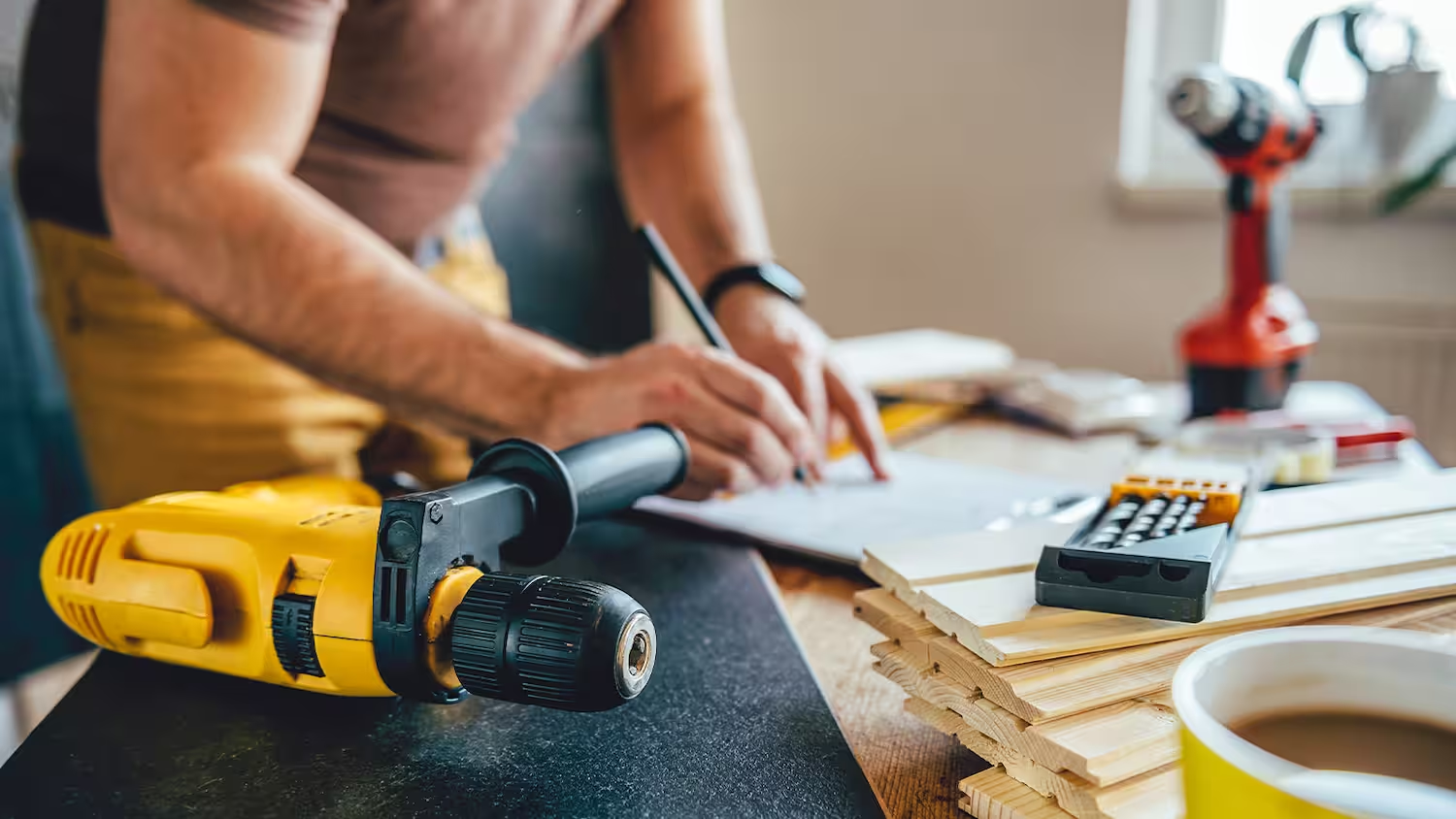
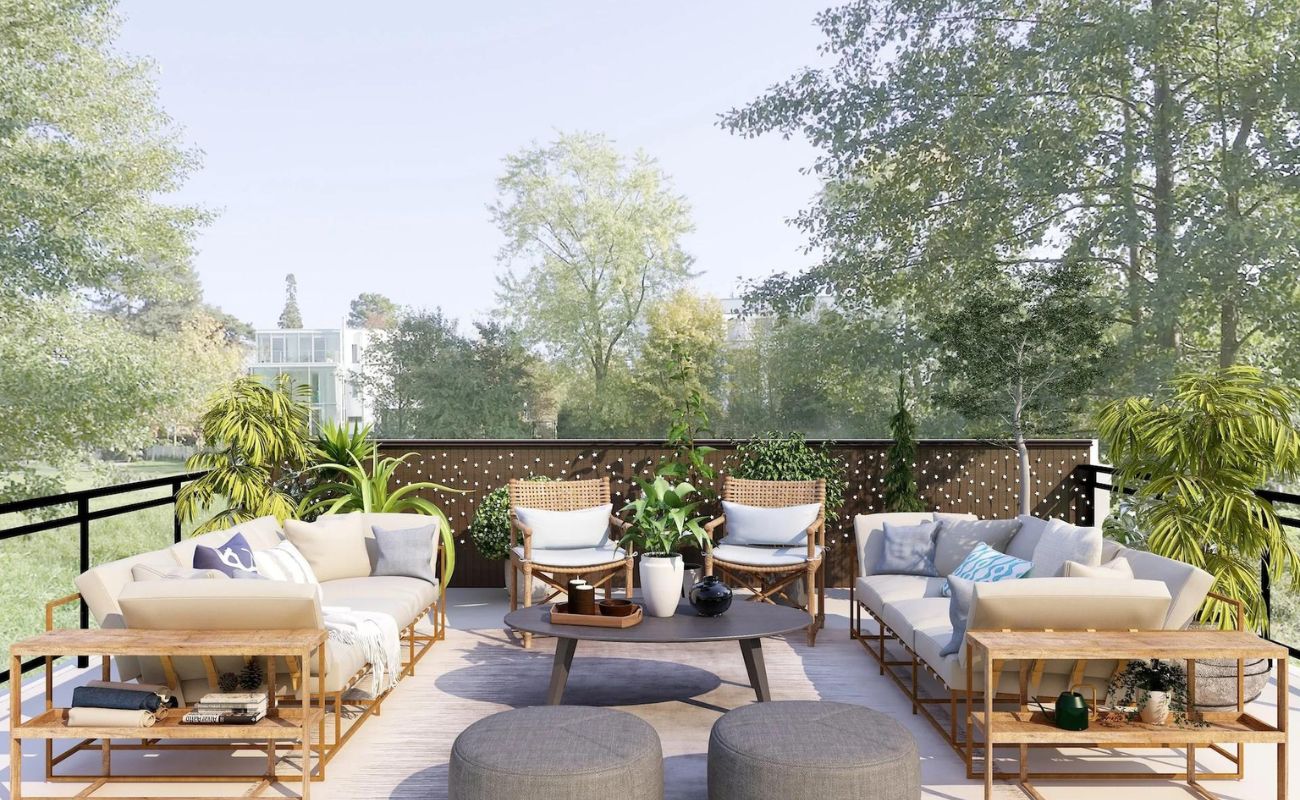
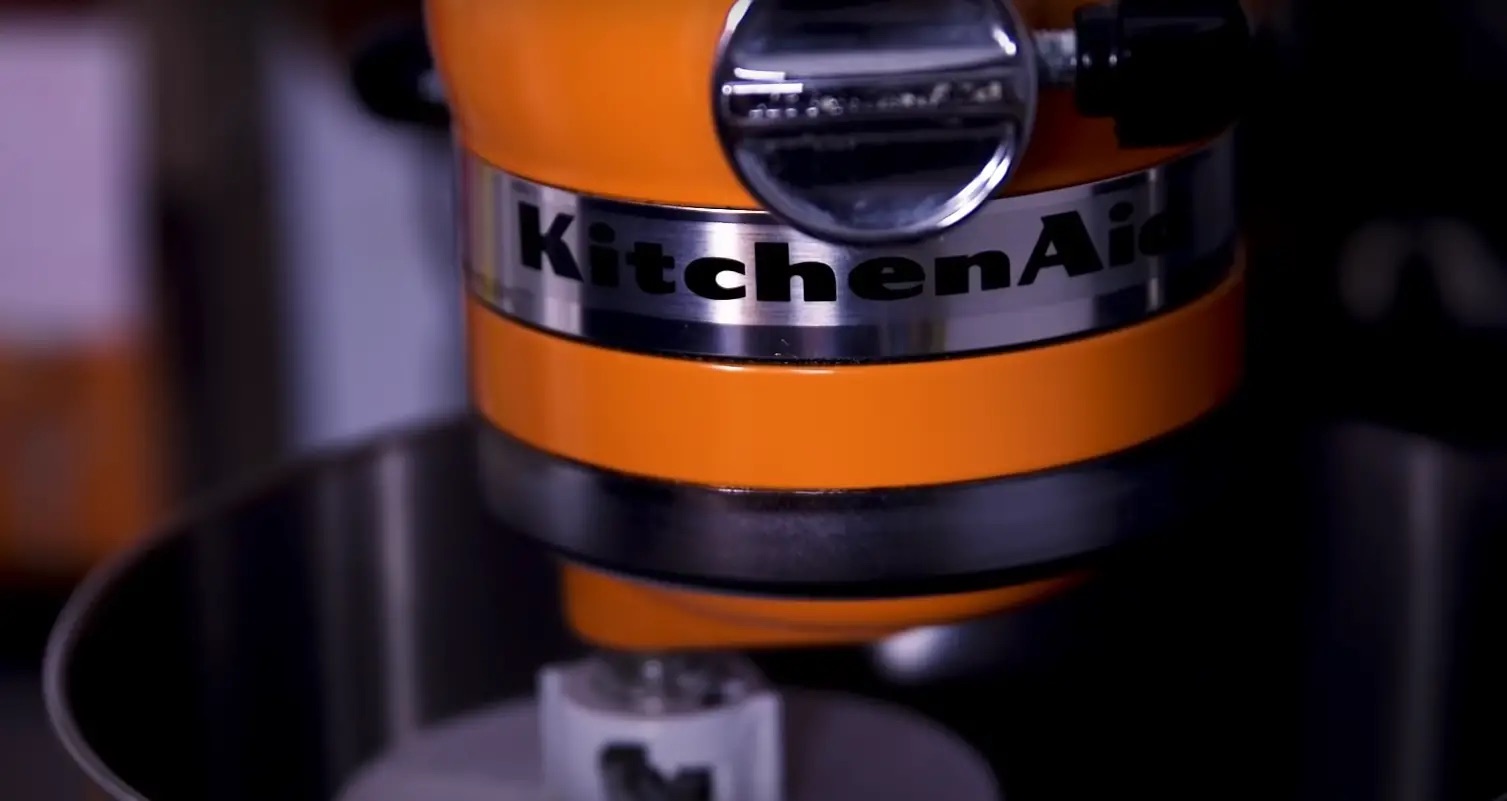
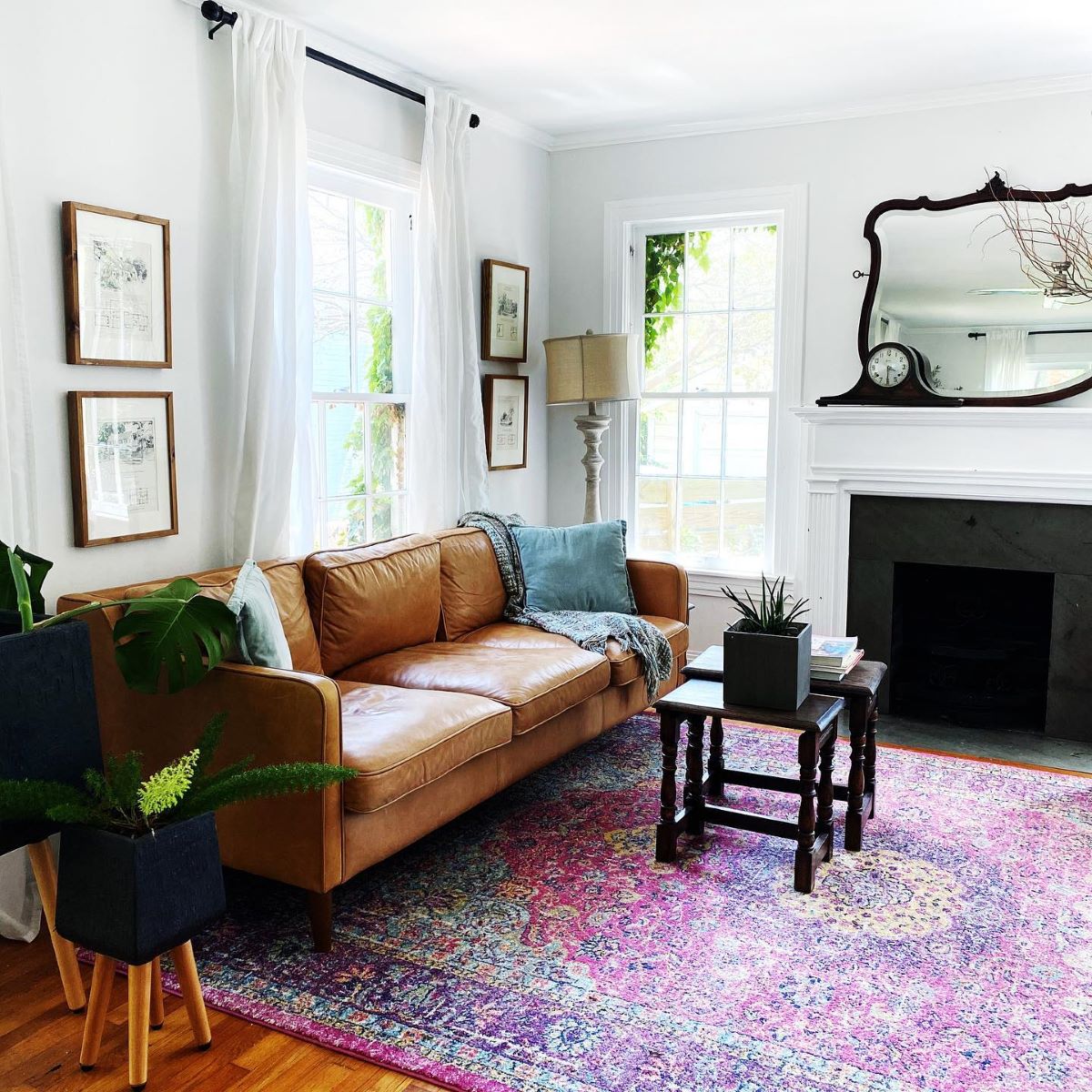
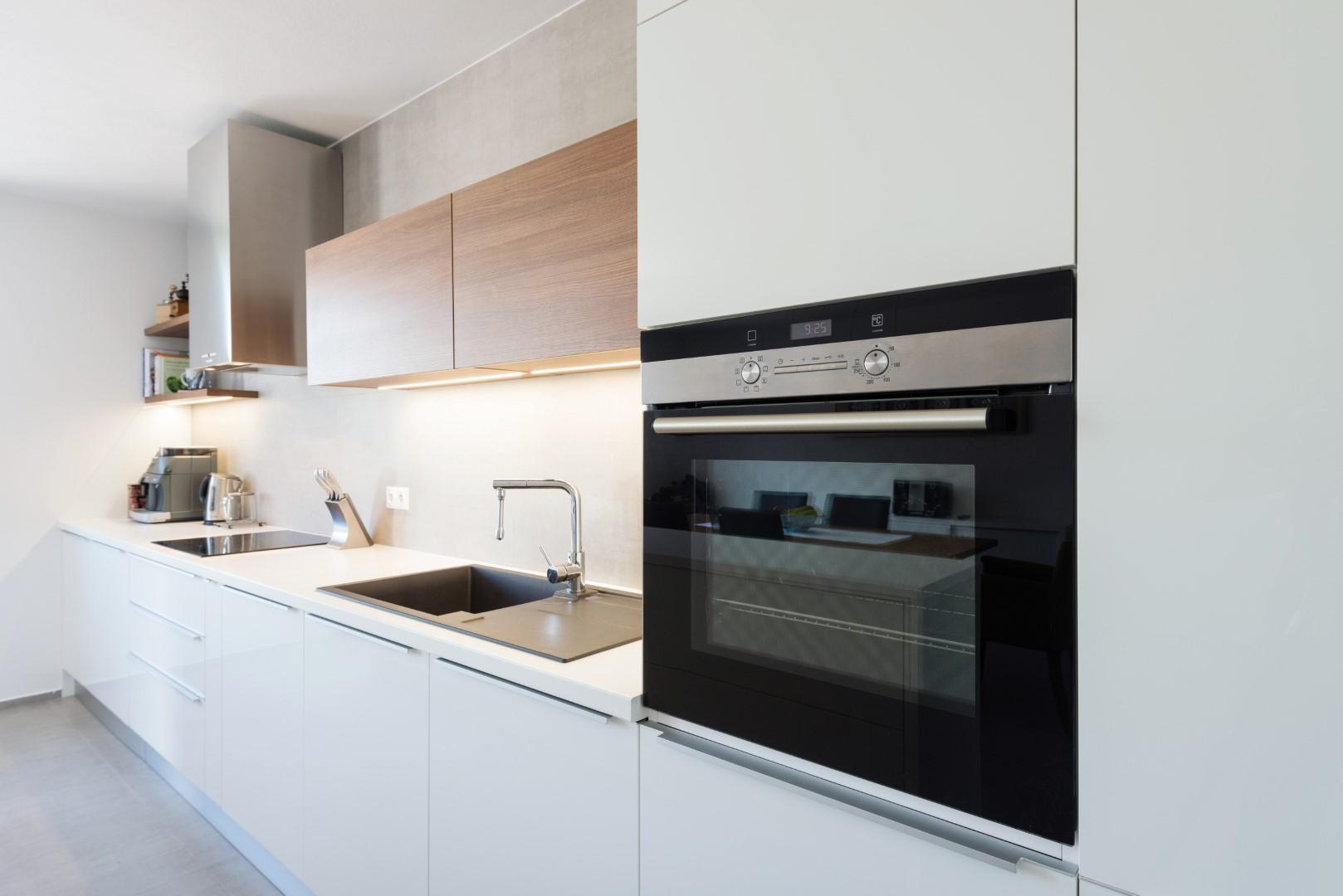
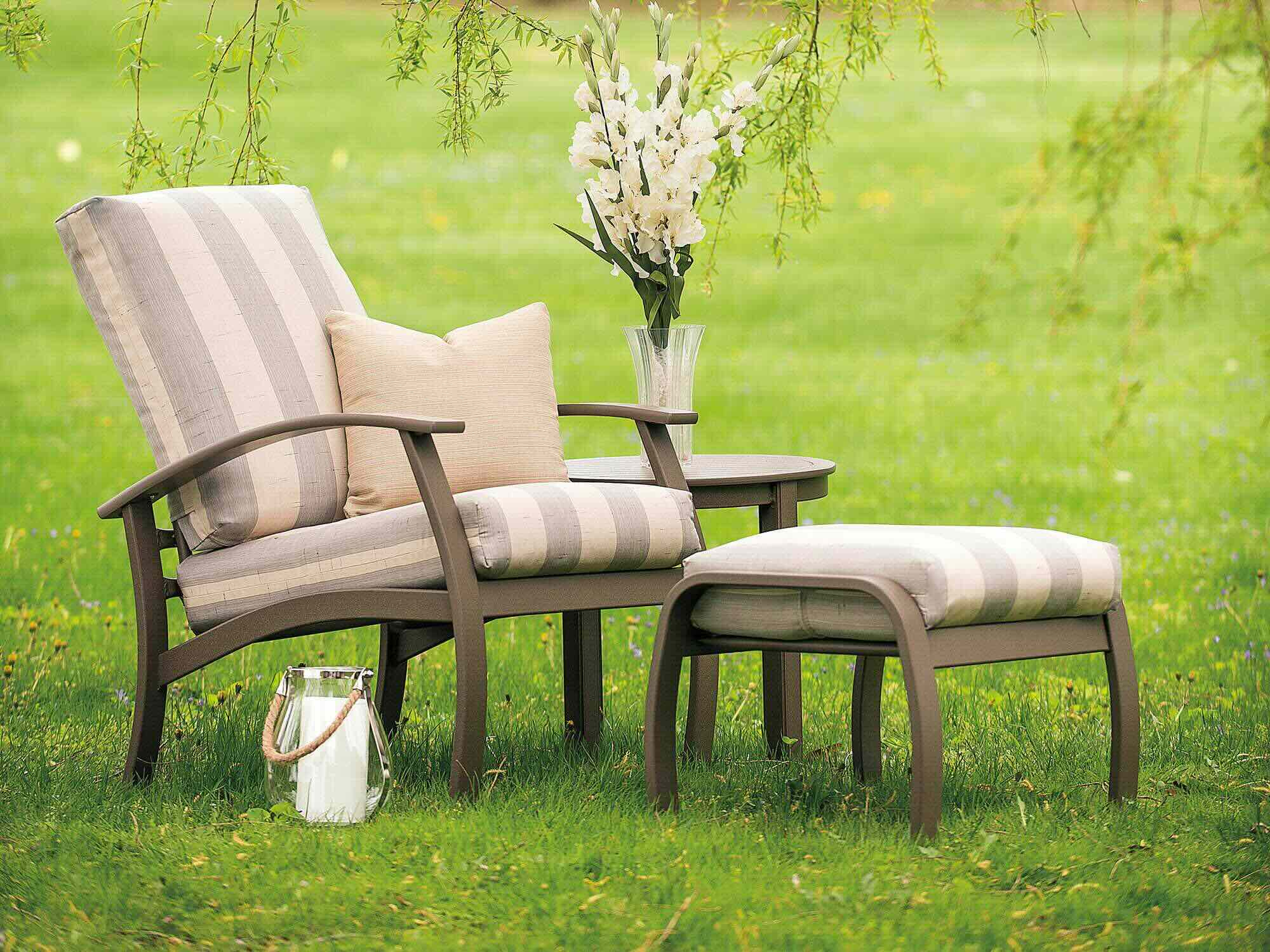
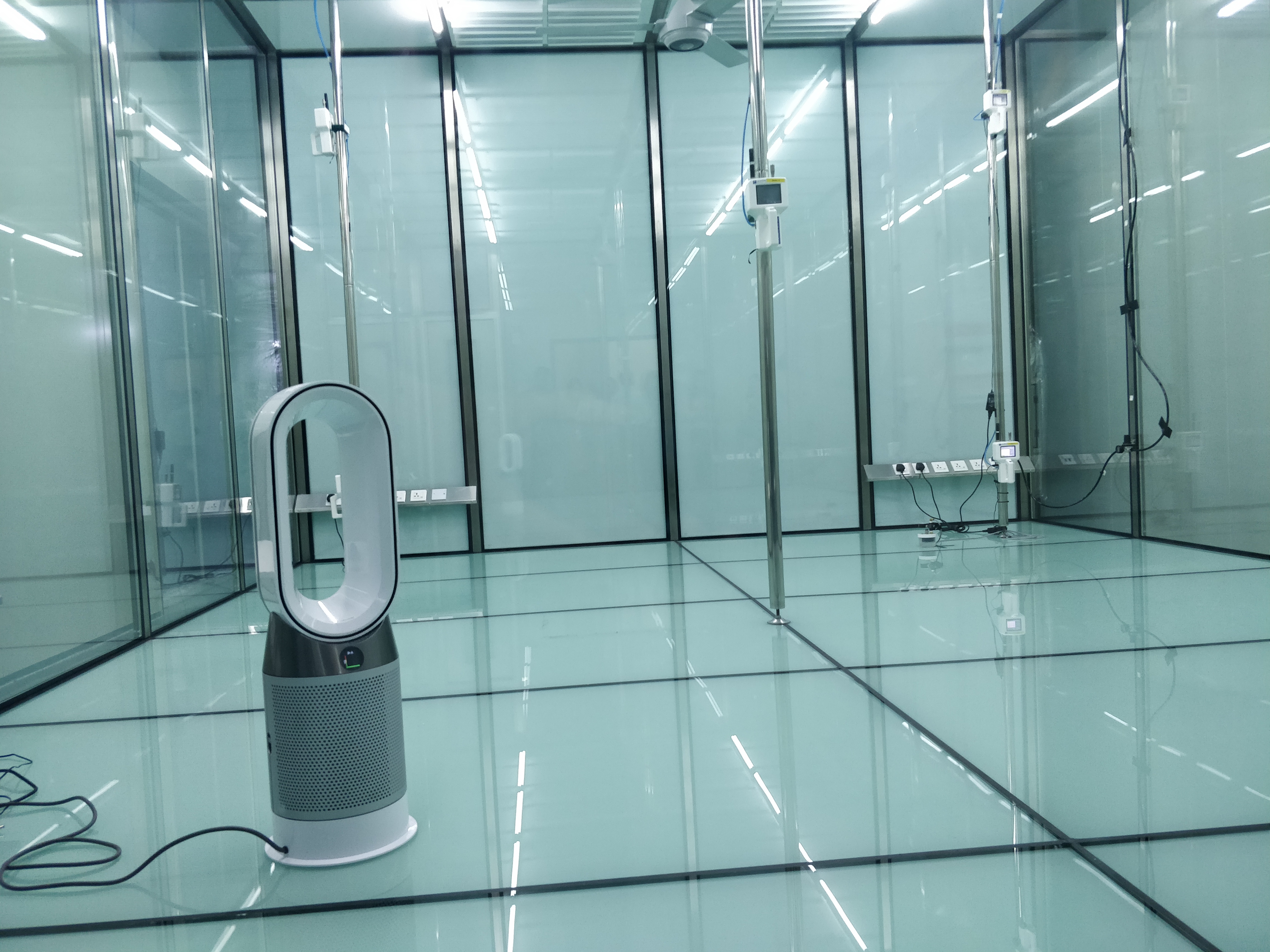
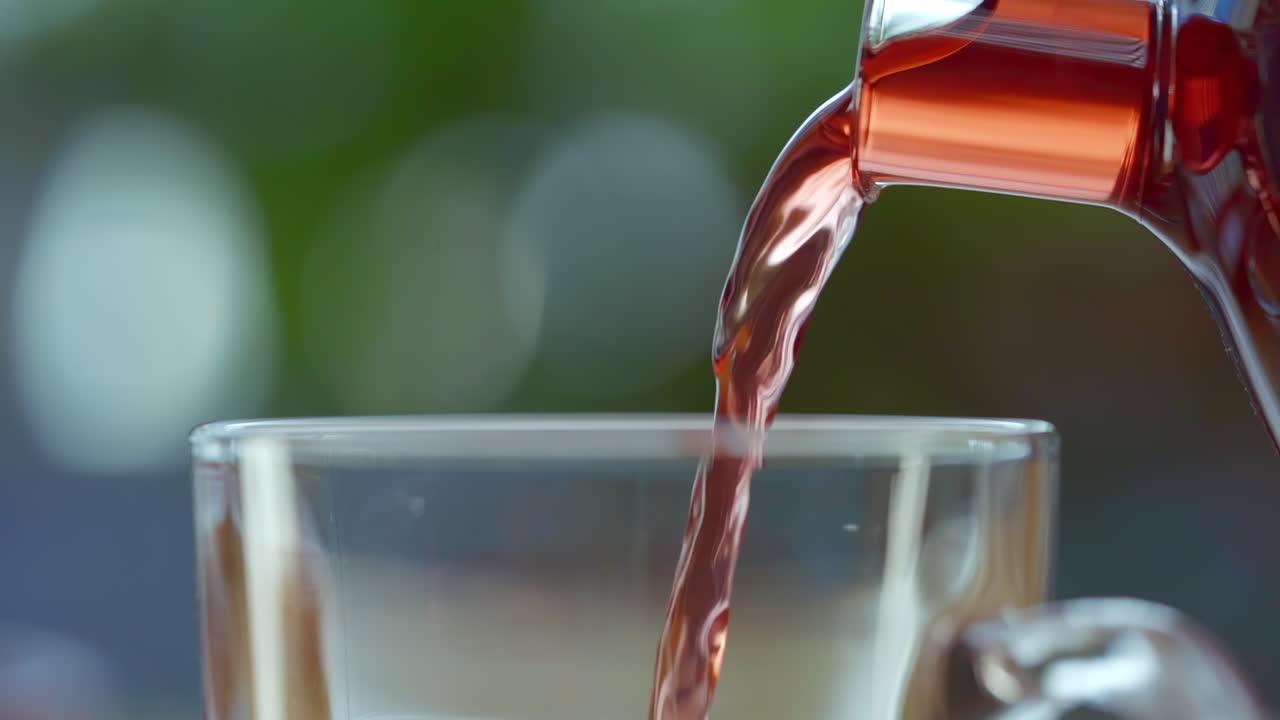

0 thoughts on “Why Are Curtains So Expensive”